Queensland Hydro Study released by government, obscures alternative pumped-hydro sites
Four years after they were completed, studies justifying almost $30bn in energy investment across two pumped-hydro storage sites have been released to the public. But there’s a crucial bit of information missing.
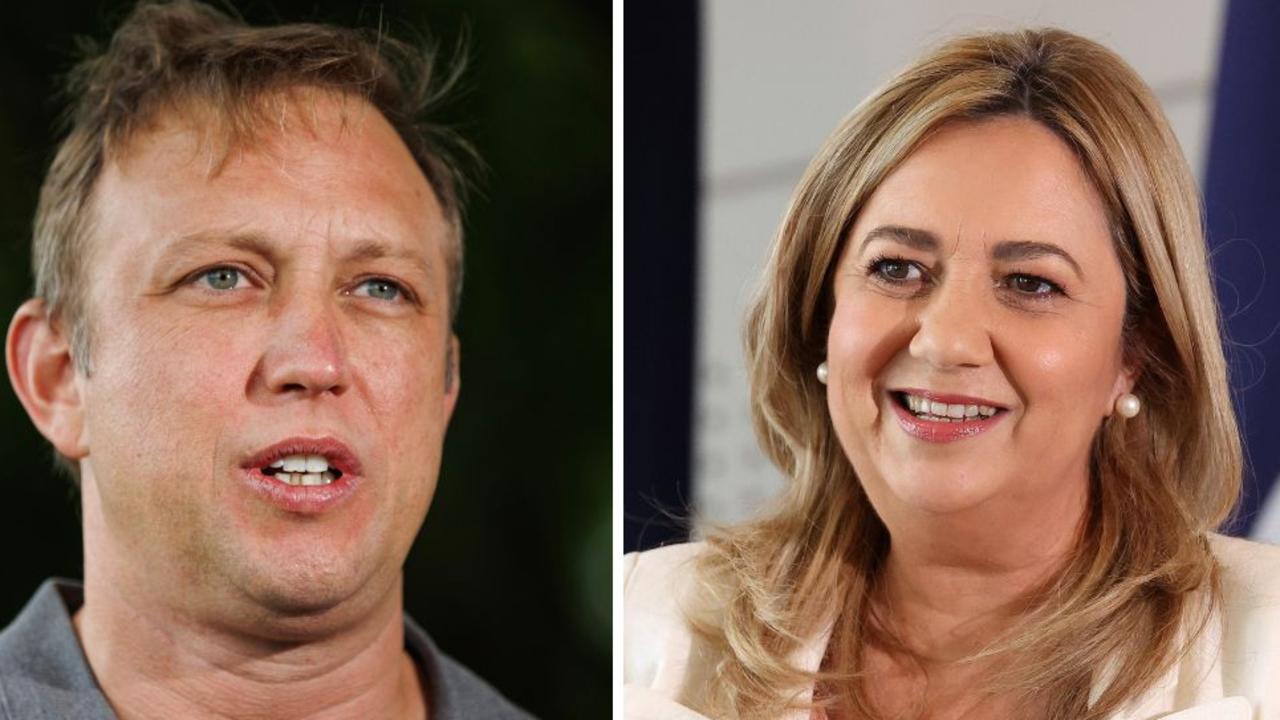
There were more than 40 different large-scale pumped hydro sites rejected by the Queensland government before it selected Pioneer-Burdekin and Borumba, but it won’t reveal where.
Three of the studies used to justify building tens of billions of dollars of new renewable energy infrastructure over the two sites were quietly released today by the Miles government, four years after they were completed.
The document combines those studies with more recent research, explaining why the government wants to build two massive pumped hydro stations instead of multiple smaller ones, or big batteries — but does not include any information on the sites it knocked back.
The report’s authors say this is to avoid “undue and unnecessary community distress” over projects that will not happen, or impact the commercial viability of land holdings.
There were 28 alternative sites available to build large-scale pumped hydro in North Queensland, seven in Central Queensland, and 15 in the southern corner of the state, according to the report.
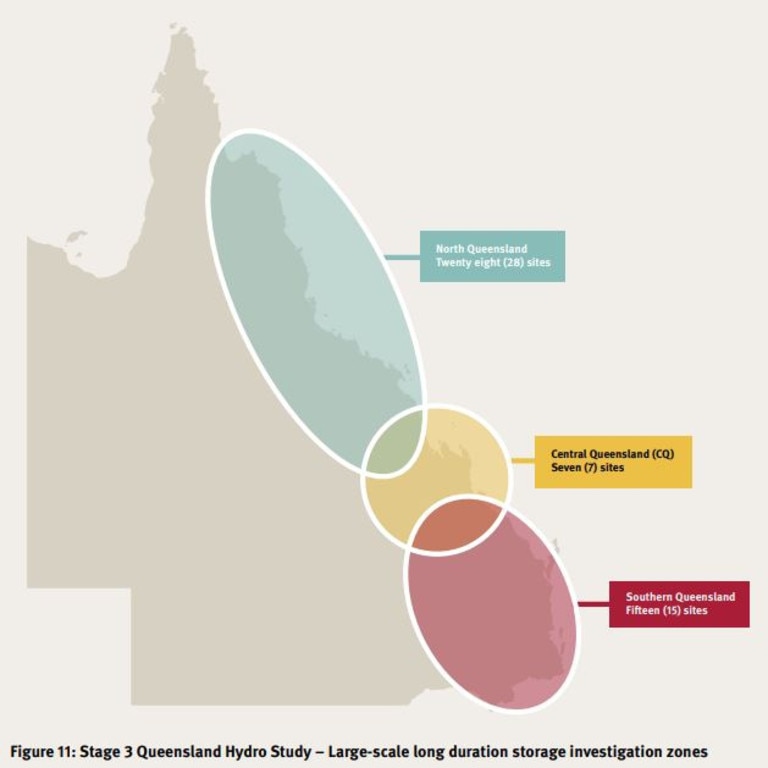
The Hydro Studies Summary report explains the three stages: one and two examined the current hydro-electric sites in Queensland, and potential sites between 2017-2018, following on from then-chief scientist Alan Finkel’s review into the electricity market.
By 2020 and stage three, the onus was shifted to large-scale pumped hydro storage with Borumba ($14bn) and Pioneer-Burdekin ($12bn and rising) winning out, which the report argues are much more cost effective than multiple battery builds, or smaller pumped hydro sites.
South Australia’s Hornsdale Battery — the largest in the world when it was built in 2017 — would need to be repeated 740 times to match the energy storage of the Pioneer-Burdekin pumped hydro project, the report notes.
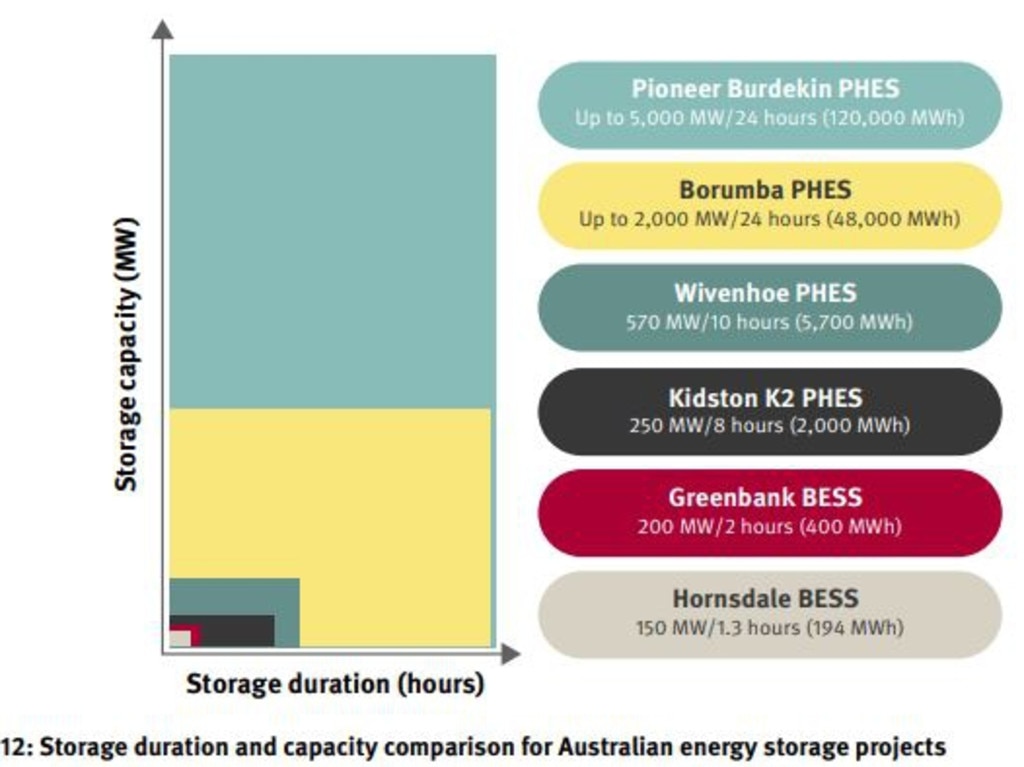
But local opposition to Pioneer-Burdekin is fierce.
The site is adjacent to a protected national park, and locals are worried it will irreversibly impact the environment and the platypuses which call it home.
Constantly spruiked as the ‘biggest’ pumped hydro project in the world by the Miles government, the report admits the footprint of large-scale projects like Pioneer-Burdekin hurt the environment — but argues that it would take 70 smaller sites to match the storage of two.
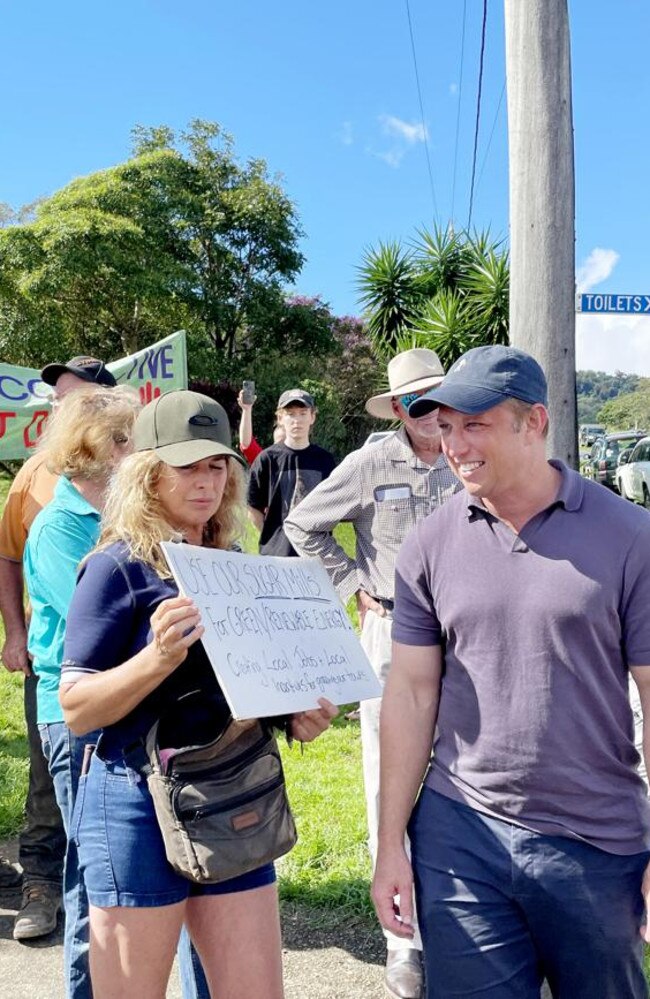
“This approach would result in greater environmental and social impacts to a larger number of communities and habitats,” the report states.
“It is also implausible that this many projects could feasibly be developed in a timely fashion to enable the energy transformation.”
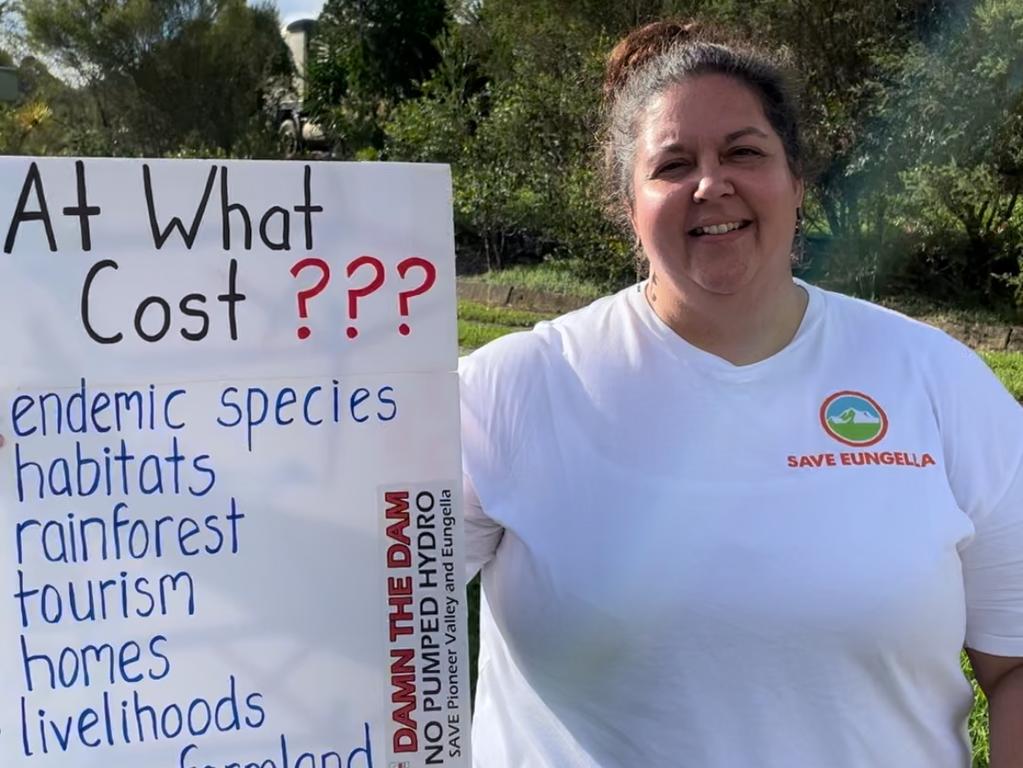
If the state did not go ahead with Pioneer-Burdekin, it would likely need to build at least three large scale pumped hydro stations, rather than two.
Time is the crucial factor. The Queensland Energy and Jobs plan, and emissions reduction targets will lead to coal-fired power stations being shut off by 2035, which means the state needs to be able to store dispatchable renewable energy for when the sun isn’t shining, or the wind blowing.
Borumba will need to be completed by 2030, according to the timeline, then Pioneer-Burdekin’s first stage by 2032, and second stage by 2035.
The rejected sites would not have been able to be connected to the grid in the same timeline, the report states.
Editors note: This story has been amended to make clear the Hydro Studies Summary report contained research collected beyond 2020.





